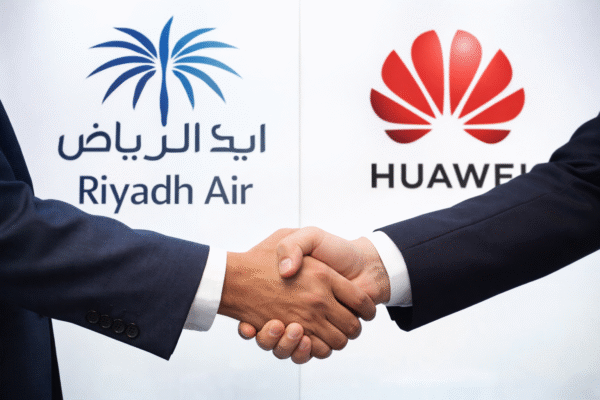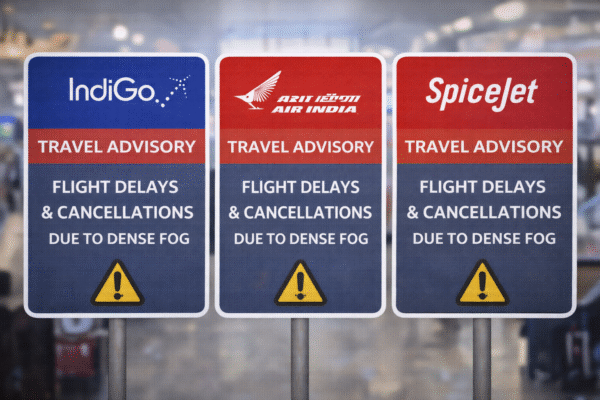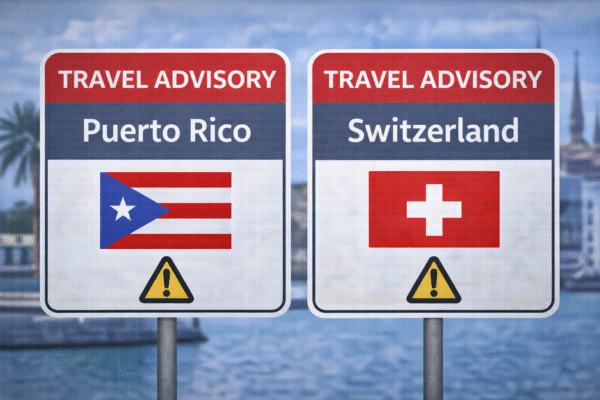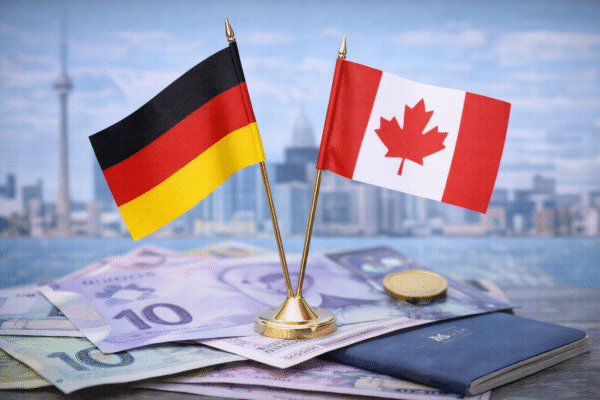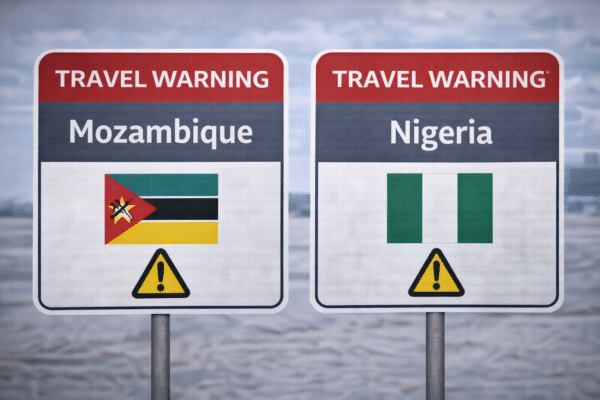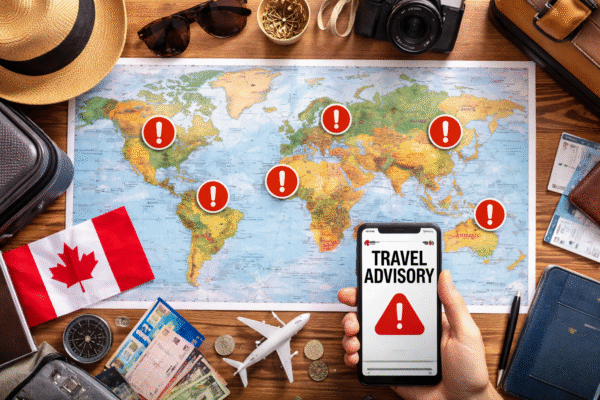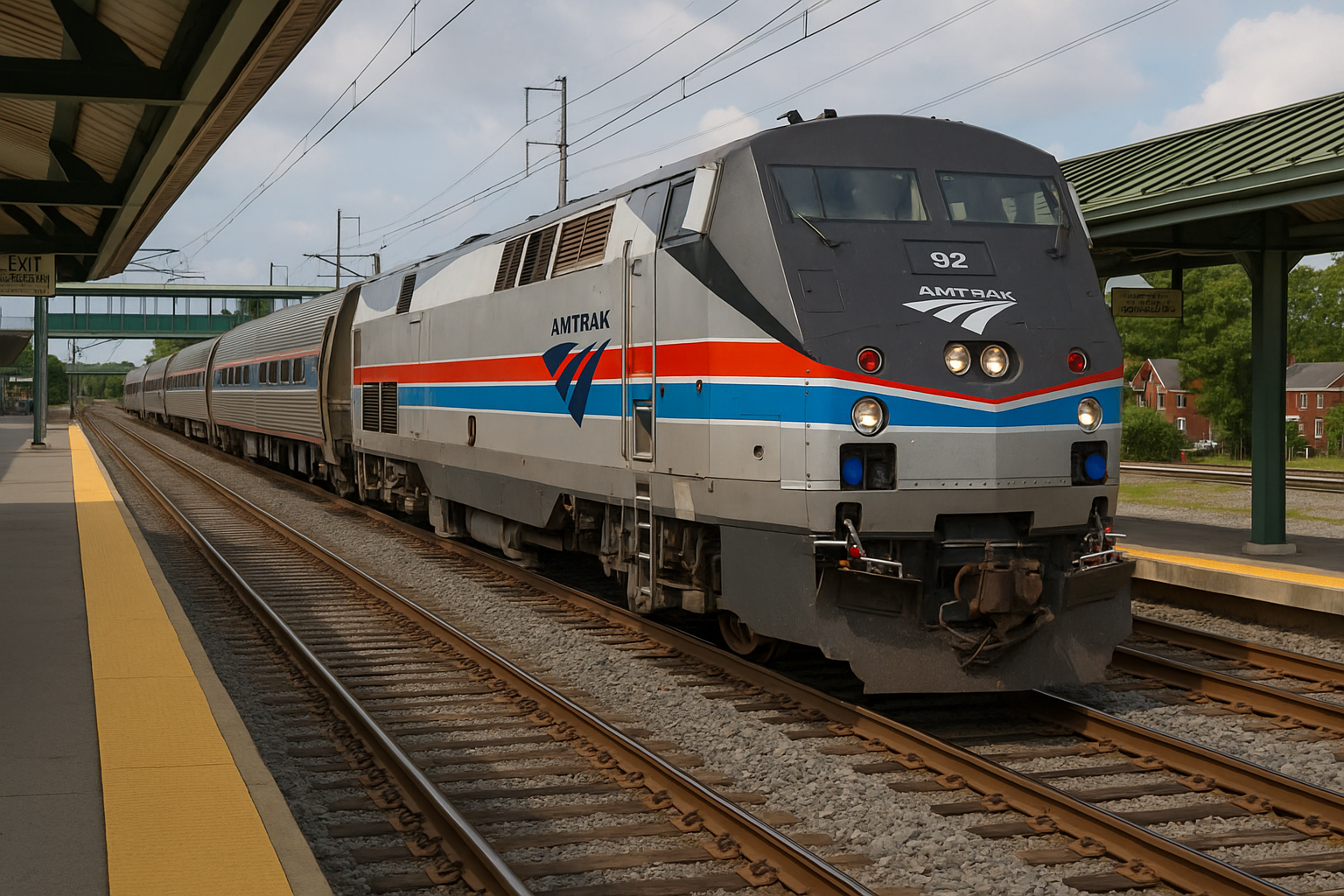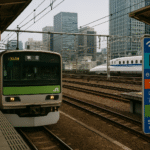Virginia’s $7 Billion Transit Plan Paves the Way for Greener, Smarter Travel
Virginia has taken a monumental step toward creating a future-ready transportation system with the announcement of a $7 billion, six-year transit infrastructure investment. This historic plan will modernize rail networks, strengthen metro and commuter services, and support long-term freight and sustainability initiatives across the Commonwealth.
The plan is part of a comprehensive push to reduce road congestion, cut carbon emissions, improve regional mobility, and support economic development. By enhancing rail and metro options, Virginia is positioning itself as a national leader in environmentally responsible and commuter-friendly infrastructure.
Rail Renaissance: Transforming Rail in Virginia
At the heart of the initiative is the Transforming Rail in Virginia program. With over $1.7 billion allocated, this strategic investment focuses on acquiring new rail corridors and enhancing existing passenger services across the state. These upgrades will dramatically increase capacity on busy rail lines, particularly along the I-95 corridor, and provide better connectivity between urban centers like Richmond and Washington, D.C.
The state has already secured key agreements with freight rail operators, including CSX and Norfolk Southern, to allow for expanded passenger services without disrupting commercial operations. By improving track access, adding new train frequencies, and investing in modern signaling and safety systems, Virginia is laying the groundwork for a high-capacity, climate-conscious rail network.
Boosting Metro Services: A $2.4 Billion Commitment to WMATA
A significant portion of the transit investment—nearly $2.4 billion—is earmarked for the Washington Metropolitan Area Transit Authority (WMATA). This funding will be disbursed over several years to enhance metro reliability, accessibility, and service coverage across Northern Virginia and into the D.C. metro region.
This boost in WMATA funding comes at a time when ridership is rebounding post-pandemic and the demand for sustainable commuting alternatives is surging. Planned upgrades include modernizing rolling stock, extending service hours, implementing real-time tracking tools, and improving station infrastructure for safer, faster, and more inclusive mobility.
In the fiscal year 2026 alone, Virginia will allocate $442 million to WMATA, ensuring that critical service enhancements continue to meet the region’s growing needs.
Virginia Railway Express (VRE): Expanding Commuter Access
The Virginia Railway Express (VRE), a key commuter rail system serving the busy corridors of Northern Virginia and the Capital Region, will receive $110 million. These funds are targeted at increasing train reliability, replacing aging locomotives, and streamlining operations with modern technologies.
With a population boom in suburban communities such as Manassas, Woodbridge, and Fredericksburg, the VRE’s role in reducing highway congestion and offering an alternative to solo car commutes is more vital than ever. The fiscal year 2026 budget includes a dedicated $17 million for immediate upgrades that will help VRE better accommodate current and future ridership levels.
Freight Rail and Long-Term Infrastructure: DRPT Leads the Charge
Beyond passenger mobility, the plan dedicates $63.6 million to support freight rail enhancements and long-term planning through the Virginia Department of Rail and Public Transportation (DRPT). This includes preserving rail corridors, funding intermodal freight terminals, and integrating emerging technologies for data-driven infrastructure management.
Virginia’s focus on freight is critical not only for reducing long-haul trucking emissions but also for maintaining the state’s competitive advantage as a logistics and distribution hub. Efficient freight corridors ease supply chain pressures and support port operations in Hampton Roads and beyond.
Additionally, DRPT will receive $20.3 million for forward-looking rail planning and development—an investment in the resilience of Virginia’s multimodal transportation network.
Transit, Climate, and Jobs: A Triple-Win Strategy
The six-year plan is a clear reflection of Virginia’s growing commitment to addressing climate change through smarter urban planning and sustainable infrastructure. By improving public transit, the state is encouraging a shift away from fossil fuel-reliant car travel.
According to Virginia Governor Glenn Youngkin’s administration, the plan is expected to generate thousands of jobs in construction, operations, and transit management. These positions will not only stimulate local economies but also support long-term workforce development in green transportation sectors.
Virginia Secretary of Transportation Shep Miller emphasized that the plan represents “a bold investment in our future—one that prioritizes people, prosperity, and the planet.”
A Forward-Looking Transit Blueprint
Virginia’s $7 billion transit investment is more than just an infrastructure upgrade—it’s a blueprint for sustainable growth, inclusive mobility, and economic resilience. As the state moves toward implementation, residents and travelers can expect shorter commutes, cleaner air, and more connected communities.
In the coming years, the expansion of rail and metro services will redefine how Virginians move, work, and live. From daily commuters to eco-conscious tourists, everyone stands to benefit from a system designed with efficiency, equity, and environment in mind.
Conclusion: Virginia on Track for a Sustainable Mobility Future
With a bold vision backed by substantial funding, Virginia’s six-year transit transformation plan is set to leave a lasting legacy. The integration of rail, metro, and freight improvements will not only modernize the state’s infrastructure but also align transportation with 21st-century sustainability and economic goals.
As ground breaks on new corridors and trains begin to roll out, Virginia is signaling to the rest of the country that sustainable, future-ready transit is not just an ideal—but a priority.
For more travel news like this, keep reading Global Travel Wire



